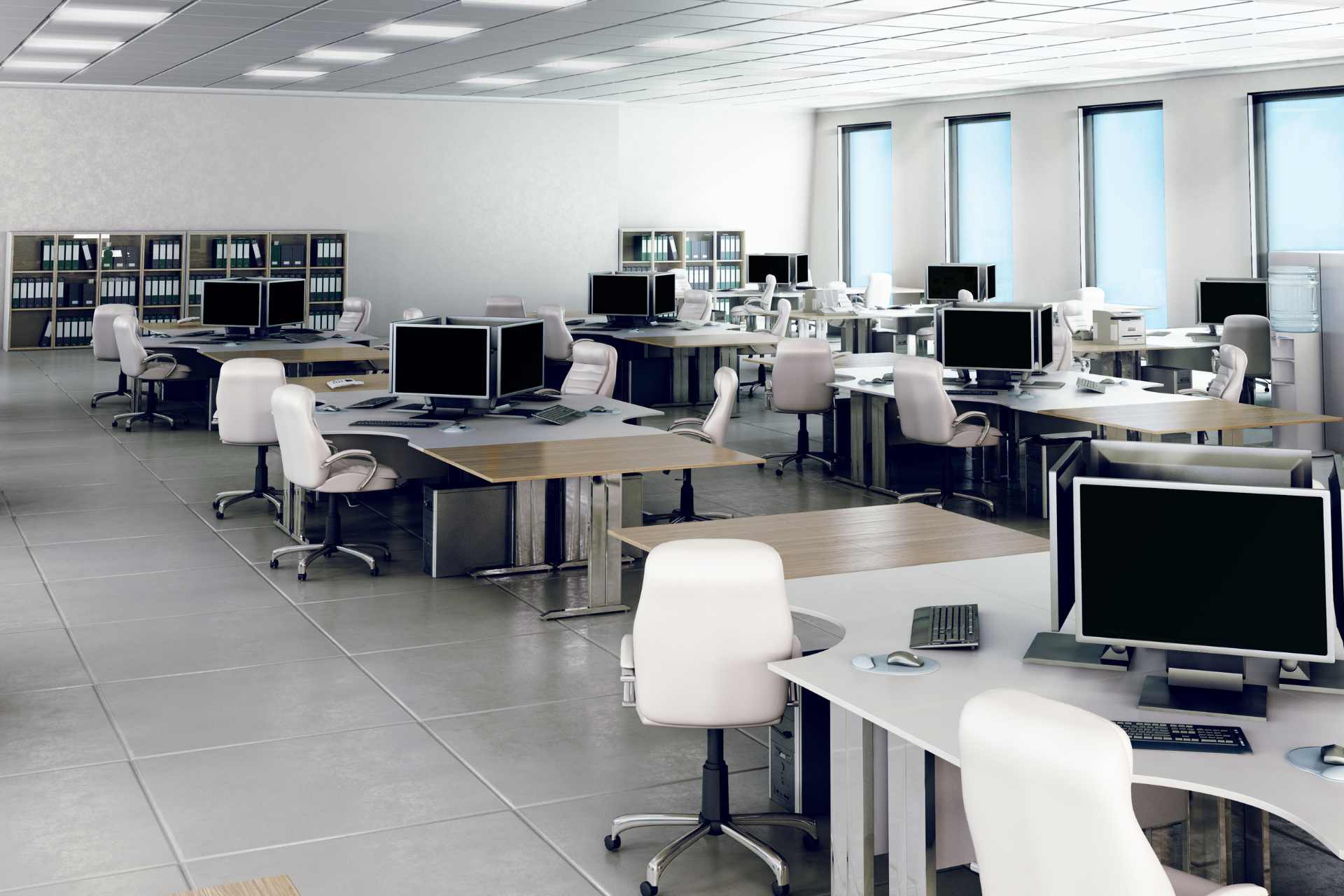Explore the shifting landscape of Canadian office real estate and the transition toward flexible, sustainable urban spaces in our latest blog.
In recent years, the Canadian real estate landscape has witnessed a seismic shift, particularly within the office sector. As businesses pivot towards more flexible work arrangements, the traditional office space is undergoing a profound transformation. This shift has been catalyzed by the global pandemic, technological advancements, and changing employee expectations, leading to what many are calling a ‘reckoning’ in office real estate.
The Transformation of Office Spaces
The once bustling corporate offices, characterized by high-rise buildings in city centers, are facing an existential question: what is the role of the physical office in a post-pandemic world? With a significant portion of the workforce continuing to operate remotely or in hybrid models, the demand for traditional office spaces has seen a marked decline. This trend is not just a temporary response to the pandemic but a reflection of a deeper change in working culture.
Sources like BNN Bloomberg have highlighted how “Office real estate faces ‘reckoning’ amid other tailwinds“. This article points out that the changing work culture, accelerated by the COVID-19 pandemic, has led to a reevaluation of the need for traditional office spaces, echoing sentiments across the sector about the future viability of these properties.
Adapting to New Demands
The challenge for developers and property owners is to adapt these spaces to new market demands. There’s an increasing emphasis on making office environments more conducive to hybrid work models. This includes flexible layouts, enhanced connectivity, and amenities that support both individual work and collaboration. The idea is to create spaces that people want to come into, not because they have to but because it enhances their work experience.
Furthermore, there’s a noticeable shift towards converting office buildings into residential units or mixed-use developments, addressing the housing shortages in urban centers. This repurposing can provide a new lease of life to properties that are no longer viable as traditional office spaces.
Economic and Environmental Implications
The transformation of office real estate is not without its economic implications. The shift has led to changes in property values, impacting both the commercial real estate market and municipal tax bases. However, this transition also presents opportunities. For instance, converting office spaces into residential units can help rejuvenate downtown areas, bringing in new residents and revitalizing local businesses.
Moreover, there’s an environmental angle to consider. Redesigning and repurposing buildings is more sustainable than demolition and new construction, aligning with broader goals of environmental sustainability and responsible urban development.
Looking Forward
The office real estate sector in Canada is at a crossroads, navigating between the old norms and the new expectations. While the future remains uncertain, one thing is clear: flexibility, innovation, and sustainability will be key to thriving in this new landscape.
For those in the industry, this period of change is an opportunity to rethink and reinvent. For workers, it’s a chance to redefine what the workplace means to them. And for all, it’s a moment to envision how we can build more adaptable, resilient, and vibrant urban spaces.
In conclusion, the “reckoning” faced by the office real estate sector is not just a challenge but a doorway to innovation and progress. By embracing change and responding to new demands, the sector can navigate its way through these uncertain times and emerge stronger for it.

